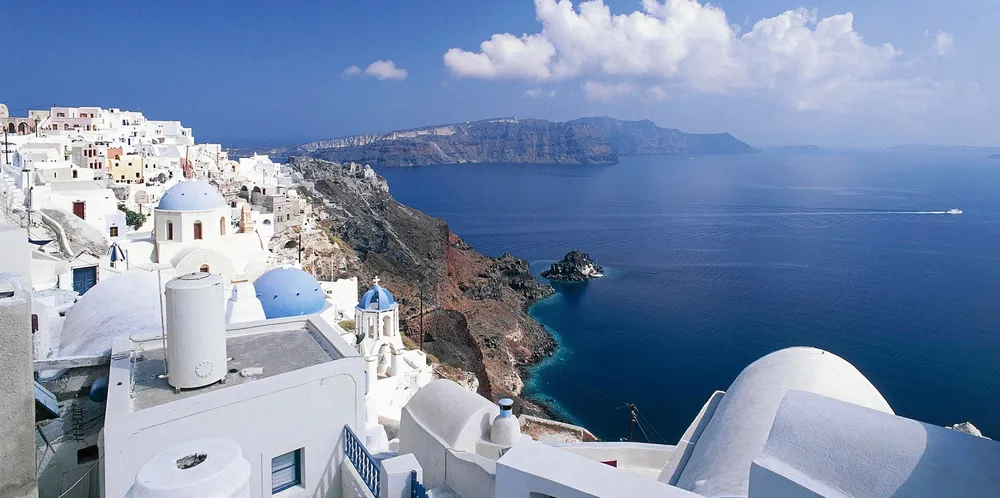Greece set for floating wind odyssey as lawmakers approve first bill
Athens government to issue several decrees specifying areas and auction criteria as nation aims to have 2GW in the water by 2030

Greek legislators have approved the country’s first offshore wind law, which could clear the way for the construction of at least 2GW of by 2030.
In the coming months the government in Athens is now slated to issue several decrees specifying offshore wind zones and auction criteria, WindEurope said.
Most of the targeted capacity is likely to come from floating wind due to the deep waters in the Greek part of the Mediterranean Sea. Wind speeds at sea often exceed 8 to 10 metres per second in Greece, particularly in the Aegean Sea islands, according to a report by Norton Rose Fulbright.
Research think-tank ELIAMEP in a study last year said offshore wind could play a key role in helping Greece become carbon neutral by 2050, with a single 495MW array at 10km from the shore already being able to cover about 4% of the country’s annual energy demand.
The country currently has 4.5GW of wind capacity installed on land, and Greece’s National Energy and Climate Plan (NECP) with the EU aims to reach 7GW of wind power by 2030, a target that will likely be revised next year.
The legislation approved last week appoints state-owned exploration company Hellenic Hydrocarbon Resources & Energy Resources Management to lead site investigation, as well as allocation and concession development, while Greek transmission system operator ADMIE will be charged with providing grid links both onshore and offshore.
Decrees to be adopted by the ministry of environment and energy will commission environmental impact assessments in order to define broader offshore wind development areas, which later will be split up into more specific installation zones.
Developers will be able to apply for non-exclusive research permits for the broader areas in order to kick off first resource assessment studies and sea space surveys, with a first round of applications expected within the next two years.
“How fast the first Greek offshore wind turbine can be commissioned will depend to a large part on the timely issuance of decrees, sufficient visibility for investors and developers as well as the definition of adequately wide offshore wind installation zones that allow for scale-effects and increase the attractiveness of each zone,” WindEurope notes.
Developers with a research permit will then be allowed to bid in auctions around 2025-26 that are expected to be held under a so-called sliding feed-in-premium revenue stabilisation scheme that is similar to contracts for difference (CfD) auctions that have been successful in northern Europe.
Interested bidders will have to prove financial and technical capability as a pre-qualification requirement.
(Copyright)